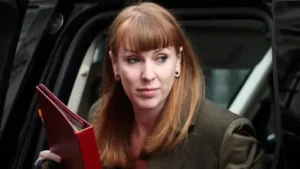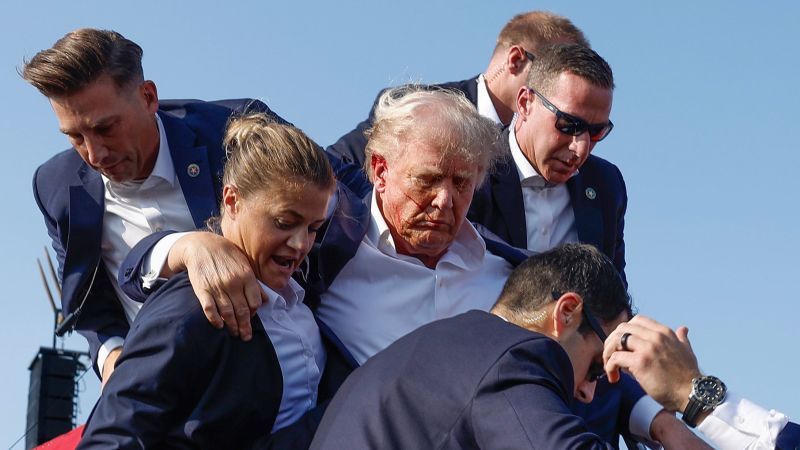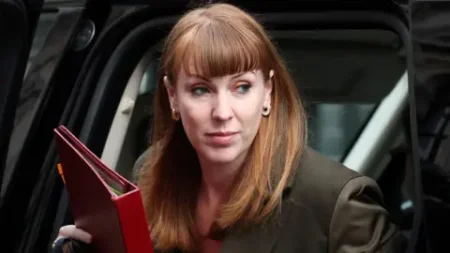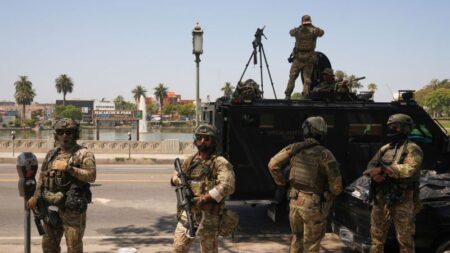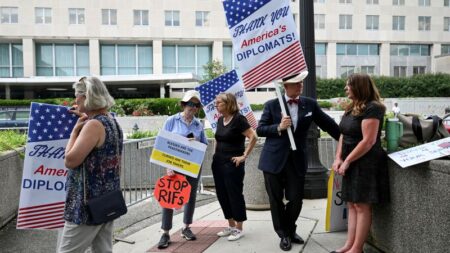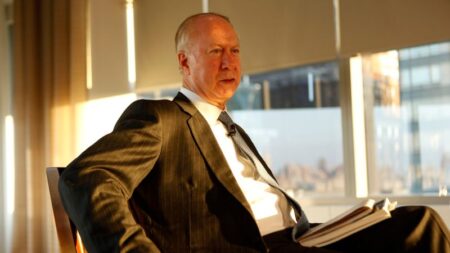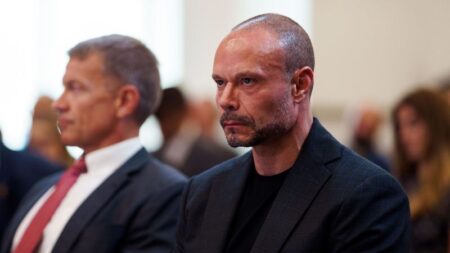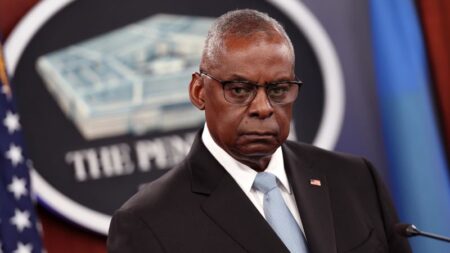The landscape of security provided by the Secret Service has faced intense scrutiny and criticism one year after an attempted assassination of former President Donald Trump at a rally in Butler, Pennsylvania. The notorious incident has raised fundamental questions about accountability within the agency, particularly concerning top officials and agents assigned to protect Trump that fateful day. Interviews conducted with current and former law enforcement officials, along with lawmakers, reveal a pervasive discontent with how security failures were handled in response to the developments surrounding the rally.
Through several investigations, including those conducted by Congress and internal assessments from the Secret Service, extensive failures were identified in the security protocols enacted that day. One telling fact is the nearly complete absence of discipline for those involved, with only six agents receiving minimal suspensions—an act seen as an insufficient response given the gravity of the incident. Sean Curran, who was in charge of Trump’s detail during the Butler rally, has since received a promotion to the position of director of the Secret Service, fueling a narrative of impunity for those responsible for countless oversights on that tragic day.
The fallout from the Butler rally raised severe concerns regarding operational failures such as a breakdown in communication with local law enforcement, who were alerted to the potential threat posed by an individual named Thomas Matthew Crooks soon before he attempted to assassinate Trump. This situation raises eyebrows when in hindsight it is revealed that local officers confronted Crooks on a nearby roof mere seconds before he aimed his weapon at Trump. The absence of effective communication channels led to a catastrophic failure to prevent the attack.
Moreover, it was noted that just ten days after the rally, Kimberly Cheatle, then director of the Secret Service, resigned amidst scrutiny over these security lapses. Despite these high-profile resignations, the disciplinary actions taken were largely viewed as inadequate, leading to perceptions among agency staff that personnel from the agency’s Pittsburgh field office bore the brunt of accountability, while higher-ups were largely untouched. This has led to suspicions that certain subordinates were made scapegoats for the failures attributed to leadership.
Furthermore, a disconcerting narrative has emerged from the aftermath of the event, with insiders noting there was a significant loss of institutional knowledge due to the departure of experienced officials. A subpoena from Senator Rand Paul inquiring into the disciplinary measures taken against those involved demonstrated the ongoing legislative interest in and critique of the Secret Service’s operations post-Butler. Despite these inquiries, the agency’s leadership has largely evaded scrutiny, raising questions about transparency and accountability from the highest ranks to agency personnel.
In April, a new memo was issued attempting to clarify accountability and safety protocols for agents in charge of protecting a detail. By shifting responsibility back to the agent leading a protective detail, experts believe it aimed to tighten safety protocols, but critics maintain it still allows for a diffusion of responsibility among different field offices. There is concern that such a reassignment of accountability may not fully address the conscious decisions made, or the lack thereof, during the Butler incident.
Despite newly proposed initiatives and policies under Curran’s leadership, opinions on the effectiveness of these changes remain mixed among former Secret Service officials. Some insiders are concerned the agency is even less coordinated now than it was before the incident, particularly regarding preparedness for potential future threats. Challenges remain in fostering a culture of accountability and establishing effective communication channels both internally and with local law enforcement agencies to prevent such security failures from recurring.
The lingering sentiment within the ranks of the Secret Service stands as a testament to the complex fallout from Butler—a complex blend of organizational issues, individual accountability, and lingering doubts about their capacity to protect high-profile figures like Donald Trump in the face of escalating threats.

